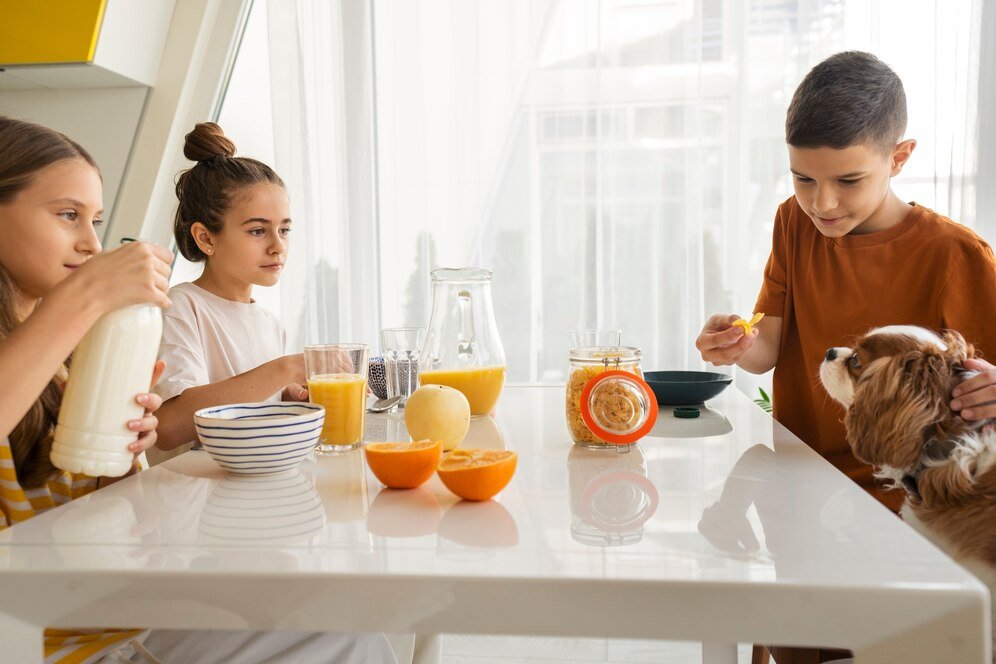Mindfulness activities for kids every day, from breakfast to bedtime
Bestanews.com– Mindfulness activities for kids every day, from breakfast to bedtime. A big increase in the appreciation for mindfulness, which is a talent that is highly valuable, has occurred over the course of the previous several years. This appreciation has been a significant growth. The famous and respected mindfulness expert Jon Kabat-Zinn explains what mindfulness is. It’s called ‘awareness that arises through paying attention, on purpose, in the present moment, without judgment.
An easy-to-understand exercise that can lead to huge personal growth is mindfulness.
The fact that people can practice mindfulness at any time and in any place is one of the most appealing aspects of this practice. You can practice mindfulness anywhere and at any time. It is possible to practice awareness anywhere and at any time. It is possible to nurture the development of inquiry, self-compassion, and a profound knowledge of one’s own emotional and physical sensations by teaching children mindfulness. One way to do this is to teach people how to practice mindfulness.
By using the five simple techniques below, you will be able to help your child practice mindfulness in their daily lives:
Try eating with awareness during breakfast
Awareness can be introduced through the practice of eating mindfully. Encourage your child to take note of the appearance, smell, and sound of the food they are consuming before they begin eating. This should be done before they commence eating. If you want them to pay attention to the variations and changes that take place while they chew, you should ask them to study the many flavors and textures that are present in their mouth while they are eating. By engaging in this strategy, children are better able to tune into the signals that their bodies send them regarding hunger and fullness that they are experiencing.
Turn your walk to school into a meditation while you’re walking
The walking meditation technique can introduce children and teenagers to the practice of meditation in a way that is both enjoyable and beneficial. When you take your child for a walk, you should urge them to focus on the sensations of their feet contacting the ground. This will enable them to better appreciate the experience. They should become more aware of all five of their senses and the differences they notice in their environment.
Because of this, both their emotional responses to the world and their appreciation of it can get better.
In their lunch box, put affirmations
There is a possibility that utilizing positive affirmations to improve the mood and attitude of youngsters could be beneficial. It is essential that you instill in your child the value of keeping a positive attitude, particularly in situations where unpleasant circumstances are present. You should assist them in producing a weekly affirmation, which may be a part of a craft project, in order to act as a reminder of the significance of maintaining a positive attitude throughout the course of the day.
Ask them what color their day is at dinner
An excellent alternative to the more frequent question “how was your day?” is to provide your child with the opportunity to explain their day through the use of colors. The use of this method not only helps children to associate colors with emotions, but it also provides them with a vivid opportunity to express and discuss their sentiments as well as the events that have transpired throughout the day. In his book “The Whole Brain Child,” Dr. Dan Siegel presents a similar idea: he advises people to think of their feelings as temporary.
Mind your breathing before going to bed
For the purpose of calming your child’s nervous system and getting them ready for sleep, you should teach them strategies for slow, deep breathing that promote relaxation. Encourage them to take a breath in through their nose for four counts, and then tell them to exhale for eight counts, with the exhale being longer than the inhale. When they are having difficulty breathing, it is helpful to offer them with a “breathing buddy” such as a plush animal or a cushion that they may rest on their tummy. As a result of the fact that this “breathing buddy” may provide them with visual aid during their breathing exercise, they will be able to take charge of their own relaxing experiences.

